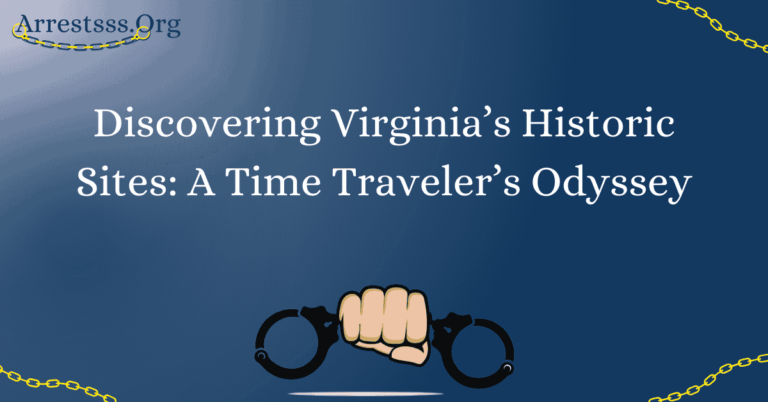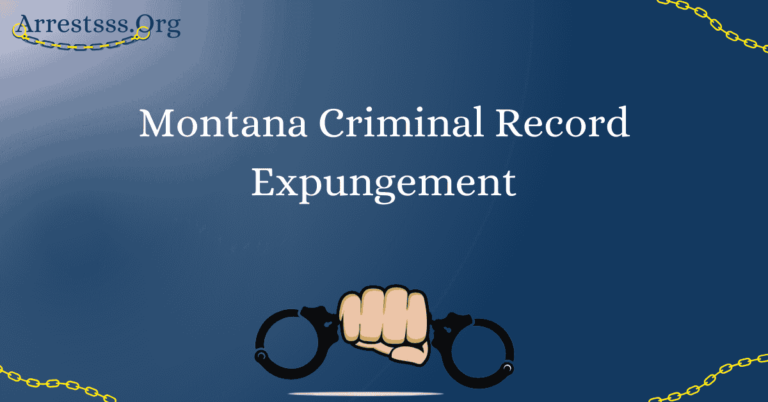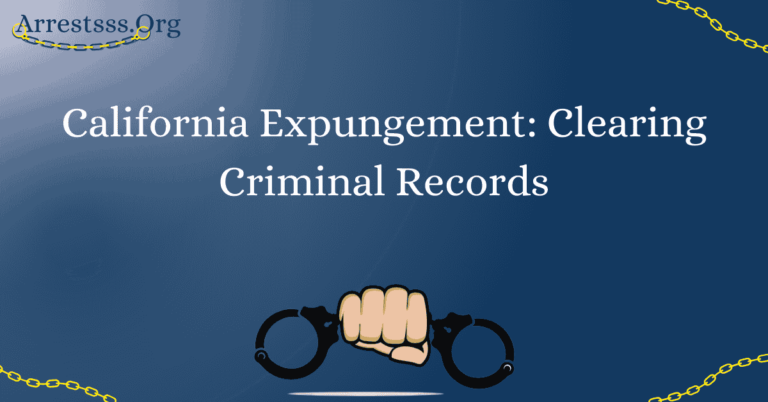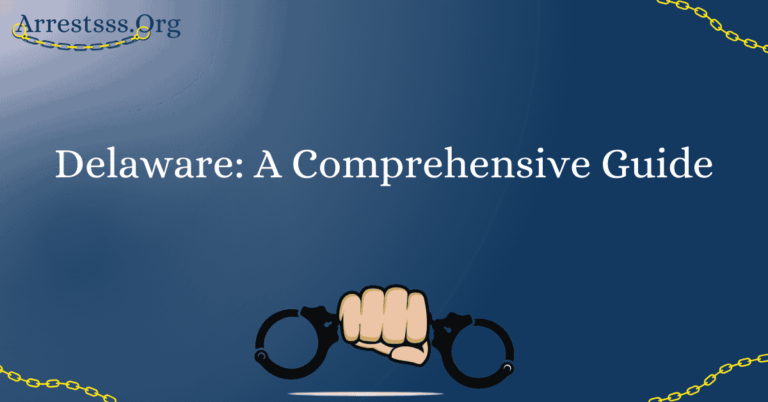Guide to Navigating Ohio’s Criminal Justice System
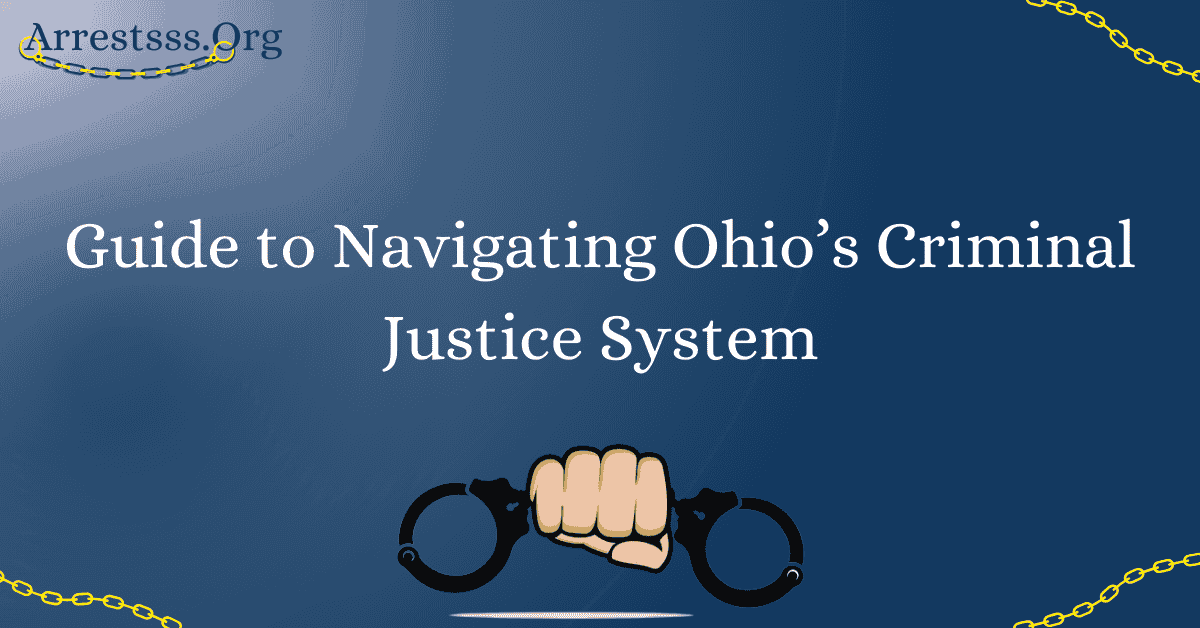
Ohio’s Criminal Justice System can be a complex labyrinth to navigate, whether you find yourself within it or are keen to comprehend its intricate workings. This all-encompassing guide aims to unravel the intricacies of Ohio’s criminal justice system, offering invaluable insights, tips, and resources to help you or your loved ones skillfully navigate this challenging terrain.
Understanding Ohio’s criminal justice system is essential, as it plays a pivotal role in upholding the law, safeguarding communities, and ensuring justice is served. From the initial encounter with law enforcement to trial, sentencing, and potential rehabilitation, each stage harbors its own set of procedures and regulations. In this comprehensive guide, we break down each step, illuminating key aspects and offering guidance to empower you with knowledge and make informed decisions.
Diving into the Details
While understanding the overall landscape of Ohio’s criminal justice system is crucial, let’s delve deeper into the finer nuances and crucial details that often go unnoticed but can significantly impact your experience within the system. Whether you’re a defendant, a concerned family member, or simply someone intrigued by the inner workings of the legal system, these insights will provide a more profound understanding.
Arrest and Initial Proceedings
The journey through Ohio’s criminal justice system typically commences with an arrest. Law enforcement officers possess the authority to detain individuals suspected of committing a crime. During this initial phase, suspects are read their Miranda rights, including the right to remain silent and the right to an attorney. It’s paramount to exercise these rights to avoid self-incrimination.
Following an arrest, individuals are usually taken to a police station for booking. This process involves recording personal information and details regarding the alleged crime. Subsequently, the suspect may be either detained in custody or released on bail, contingent upon factors such as the nature of the offense and the judge’s discretion. Understanding this stage is pivotal, as it sets the tone for the entire legal process.
Bail and Pretrial Release
Securing pretrial release is a significant concern for those arrested in Ohio. Bail serves as a financial guarantee that the defendant will attend their scheduled court hearings. When determining bail amounts, judges weigh various factors, including the severity of the offense, the defendant’s criminal history, and their ties to the community. Comprehending how bail functions and exploring alternative pretrial release options is imperative to prevent unnecessary time spent in jail before trial.
Court Appearances and Legal Representation
Court appearances form a pivotal component of Ohio’s criminal justice process. Defendants must attend these hearings to present their cases and address the charges against them. Having proficient legal representation is paramount during this phase, as it can profoundly impact the case’s outcome. Selecting an attorney with expertise in criminal defense is essential, and we’ll guide how to identify the right legal counsel for your specific situation.
The Trial Process
The trial process is where evidence is presented, witnesses testify, and both the prosecution and defense make their case. Understanding the intricacies of trial procedures, such as jury selection and courtroom decorum, is essential for those involved in criminal cases. We’ll meticulously outline the trial process, step by step, to empower you to navigate this critical stage effectively.
Sentencing and Appeals
Once a verdict is reached, the sentencing phase comes into play. Ohio has specific sentencing guidelines for various offenses, with judges holding some discretion in determining appropriate punishments. In cases of conviction, understanding the sentencing process and the potential for appeals is crucial. We’ll provide comprehensive insights into post-conviction remedies and the steps you can take if you believe errors occurred during your trial.
Rehabilitation and Reentry
For individuals who have completed their sentences, rehabilitation and reentry into society are pivotal aspects of Ohio’s criminal justice system. Ohio offers a multitude of programs and resources aimed at facilitating successful reintegration into the community. Understanding these opportunities can make a significant difference in one’s ability to rebuild their life after incarceration.
FAQ’s
What should I do if I’m arrested in Ohio?
If you are arrested in Ohio, it’s crucial to remain calm and assert your right to remain silent. Avoid volunteering information without an attorney present, and request legal representation immediately.
How is bail determined, and can I be released without posting bail?
Bail is determined based on various factors, including the nature of the offense and your ties to the community. In some cases, you may be released without posting bail through alternatives like supervised release or recognizance.
How do I find the right attorney for my case?
Finding the right attorney involves research, referrals, and consultations. Look for attorneys with experience in criminal defense and a track record of success in similar cases.
What happens during a criminal trial in Ohio?
A criminal trial in Ohio involves jury selection, presentation of evidence, witness testimonies, and arguments from both the prosecution and defense. The jury then delivers a verdict based on the evidence presented.
Are there support programs for individuals reintegrating into society after incarceration?
Ohio offers various rehabilitation and reentry programs to help individuals transition successfully back into their communities. These programs may include job training, counseling, and housing assistance.


